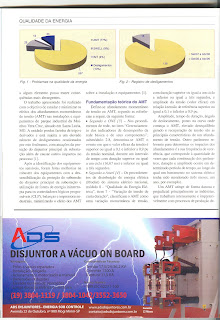
Universities throughout Latin America are in a period of transition. Though precise circumstances vary by country, factors such as the growth in scientific research, massification of social demand for higher education, increased student mobility and the rise of private universities have exerted an influence across the region. These rankings aim to more closely reflect these circumstances than is possible in the overall QS World University Rankings®, as well as giving greater exposure to up-and-coming Latin American institutions. The new QS methodology employs criteria that address region-specific issues, such as the proportion of faculty with a PhD, research productivity per capita and web presence. We have also drawn on by far the largest surveys of Latin American academics and employers ever conducted. From an international perspective, a look at the top 200 provides further evidence of the emergence of Brazil as a future economic power alongside fellow BRIC nations Russia, India and China. Universidade de São Paulo (USP) tops the table, with Universidade Estadual de Campinas (Unicamp) and Universidade Federal de Minas Gerais joining it in the top ten. There are an impressive eight Brazilian universities in the top 20, and 31 in the top 100. Higher education has been earmarked as the engine-room to help Brazil fulfil its massive potential for economic growth, with enrolment tripling from two to six million in the last decade. However, the rankings also show the extent to which Brazil has prioritized research. A remarkable eight of the top ten for papers per faculty are Brazilian, alongside nine of the top ten for the proportion of academic with a PhD.
Recent OECD figures show that education investment grew more in Brazil than in any other OECD nation from 2000-2008 (as a proportion of GDP). The same report shows that Brazilian graduates have comfortably the highest career earnings premium of any OECD nation, which suggests that a more educated workforce is already beginning to reap dividends for the economy as a whole.
Alongside Brazil, universities from Chile, Mexico, Colombia and Argentina feature in a diverse top ten. A poll of Latin American academics named UNAM the region’s top institution for academic reputation, while Universidad de Buenos Aires was named by employers as the top producer of graduate talent. However, USP’s overall strength saw it top the table, ranking as one of the top four institutions in all but one of the seven indicators.
Mexico is the second best-represented nation, with 35 universities in the top 200, led by UNAM (5) and Tecnológico de Monterrey (ITESM) (7). The leading Mexican universities are highly regarded by both academics and employers throughout the region. UNAM ranked number one in the academic reputation survey, while ITESM was the second best-placed university in the employer reputation survey. However, Mexican universities generally perform less well in the research measures. Just two Mexican universities make the top 50 for papers per faculty, with similar scores recorded for citations per paper.
A total of 13 nations are represented in the top 200: Brazil (65), Mexico (35), Argentina (25), Chile (25), Colombia (21), Peru (6), Venezuela (5), Uruguay (4), Costa Rica (3), Cuba (3), Ecuador (3), Panama (1), Paraguay (1), and Puerto Rico (1).
LEIA USP A MELHOR UNIVERSIDADE DA AMERICA LATINA













































 JOSIL ARTISTA PLASTICO FORTALEZA CEARA BRASIL AV.HERACLITO GRAÇA 41 TEL(85)32542378
JOSIL ARTISTA PLASTICO FORTALEZA CEARA BRASIL AV.HERACLITO GRAÇA 41 TEL(85)32542378















